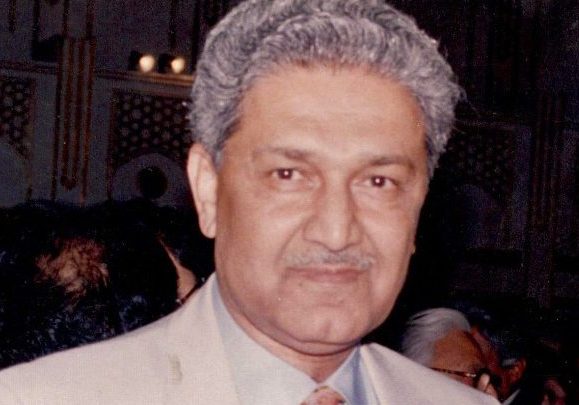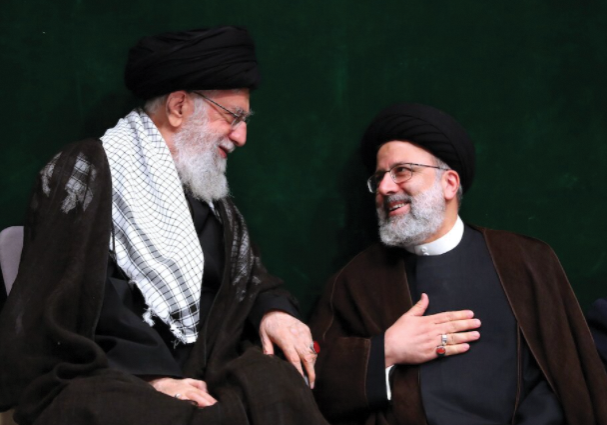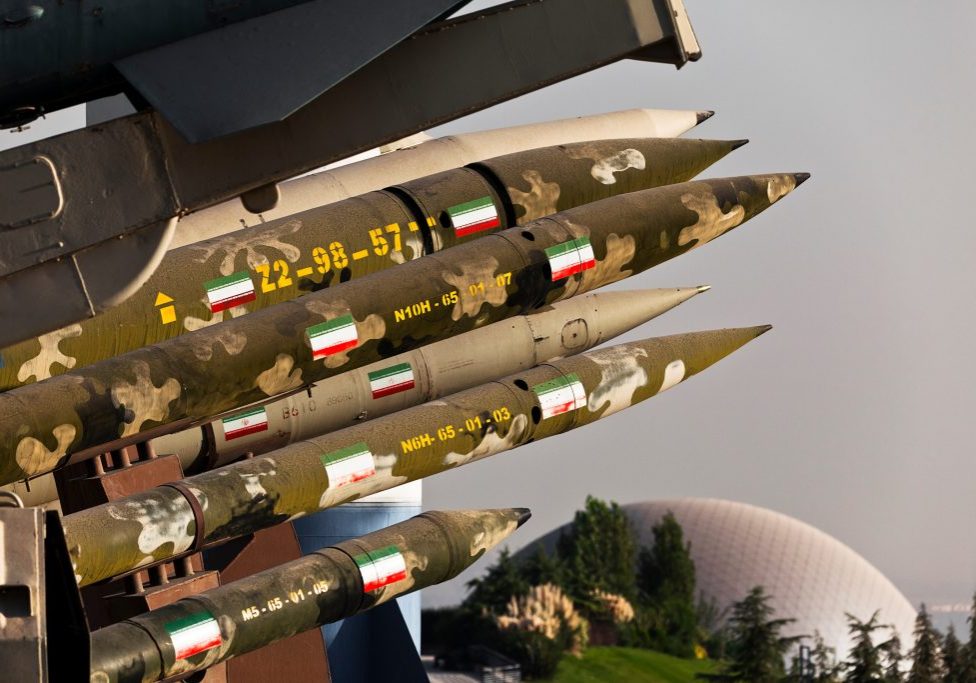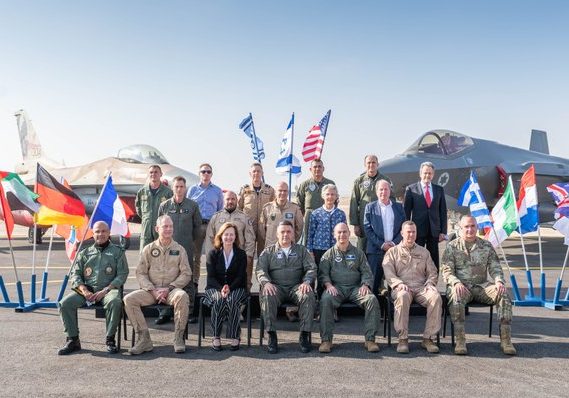Australia/Israel Review
Terrorist Dollars and Sense
Jun 29, 2009 | Allon Lee
By Allon Lee
“Follow the money” is the dictum by which the United States has successfully uncovered many Islamist terrorism plots, according to counterterrorism expert Dr. Matt Levitt.
Wannabe terrorists with dreams of emulating 9/11 still face the reality that money makes the world go round and therein lies an entry point into counterterrorism, explained Levitt, a former FBI analyst and later deputy assistant secretary for intelligence and analysis at the US Department of the Treasury.
“Time and again we have proven that we are able to look up and down the financial pipelines. Where’s the money coming from? Are those people knowingly providing money to illicit actors or are they being duped? Either way, how do we fix that? And where is it going?” Levitt asked.
Levitt listed three basic opportunities for authorities to find out what’s happening prior to the successful implementation of a plot – by monitoring travel, communication and finance.
“Those are the most common instances where our adversaries are traditionally engaging in covert activity. Sometimes, more often than not, [terrorist cells are] more difficult to penetrate because they are engaging in otherwise legitimate overt activity, presenting themselves as engaged in First Amendment rights and then doing other things behind closed doors.”
The challenge is “identifying those activities behind closed doors and we should maximise those opportunities when they have to expose themselves by travelling, communicating and moving money,” he said.
The authorities can then “get in there and disrupt your adversaries’ ability to move, launder, layer and access funds”, Levitt said.
He identified two types of threats that US counter-terrorism organisations focus upon – foreign groups like al-Qaeda but also, increasingly, “homegrown self-radicalised people who consider themselves fellow travellers even if they have never actually travelled to train anywhere.”
Birds of a feather network together
It is quite common, Levitt continued, for terrorists, drug dealers and weapons smugglers to utilise the same “banks or institutions to facilitate their illicit activities”, providing another angle to successful disclosure.
For example, senior US drug-enforcement officials recently testified that terrorist facilitators are using the same networks along the country’s southern border with Mexico that people smugglers, drug smugglers and weapons smugglers use, Levitt explained.
“If you think about it in terms of the counter-narcotics world and the counterterrorism world and the counter-proliferation world as three big circles, there will be in the middle an area of overlap among those and all those others in terms of the illicit facilitators they use.
“They may not have any ideological drive to them in terms of al-Qaeda ideology or Iran’s ideology in pursuit of a bomb. They may just be organised criminals,” he said.
Mutual interests, mutual hate
“It’s not just in terms of those facilitators. When you move out of the Middle East, for example, when you look at the logistical and financial support networks in particular, even groups that are not part of the same family will work together,” he said.
For example, al-Qaeda and Hamas differ ideologically but in many cases idenitified in the US and Europe, “the same people are financing al-Qaeda and Hamas”.
“It’s important to note that you don’t need to be in the same basket to cooperate together. And that’s the case when it comes to finances for Hamas and al-Qaeda and it’s certainly the case across the Sunni-Shi’ite divide.
“Look at the significant cooperation between Shi’ite Hezbollah and Sunni Hamas. Look at the fact that the US Treasury Department recently designated several senior al-Qaeda leaders in Iran, declassifying information about their intimate connections to Iranian Revolutionary Guard and al-Quds force. Mutual interests are very powerful in this part of the world,” Levitt stressed.
Tactical improvements
One of the most effective changes in counterterrorism post-9/11 was the acceptance that US governmental agencies would have to share resources.
“You’ve got to be able to figure out what’s going on. You have to have some type of insight into the activities at a grassroots level. And so you need police and the federal intelligence services working very closely together and using all of the tools at their disposal to identify these threats.
“The mantra in the United States today – and to be fair it already was in the last year of the Bush Administration – is ‘employing strategies that employ all elements of national power’,” Levitt added.
Dr. Matthew Levitt is a senior fellow and director of the Washington Institute for Near East Policy’s Stein Program on Counterterrorism and Intelligence. His most recent book is Countering Transnational Threats: Terrorism, Narco-Trafficking, and WMD Proliferation. He visited Australia in late May as a guest of AIJAC.
Tags: International Security






